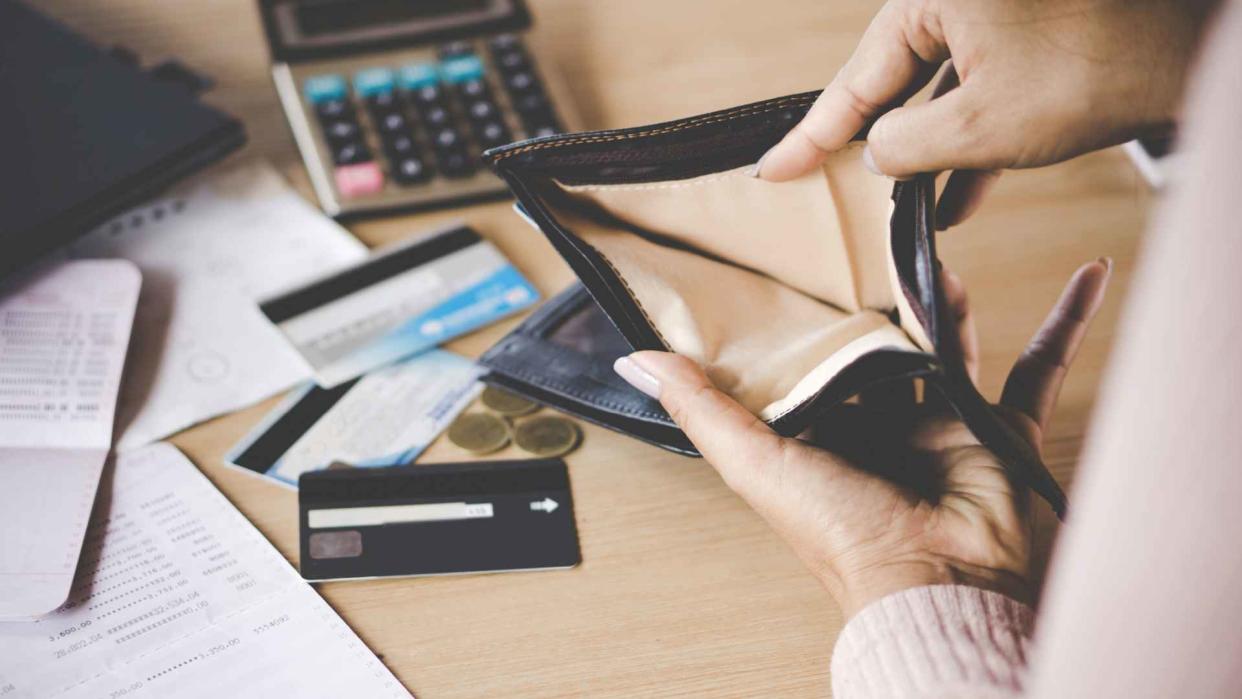Life Below the Poverty Line: What Life Looks Like for Poor Americans

According to Forbes, the United States tops the world in number of billionaires, with 813 as of 2024. But the fact is 37.9 million Americans, or 11.5% of the population, live in poverty, according to the U.S. Census Bureau‘s 2022 report. That’s well below the country’s highest historic poverty rate of 22% in the 1950s, but above 2019’s low of 10.5%, according to Debt.org.
Read next: 7 Things the Middle Class Won’t Be Able To Afford in the Next 5 Years
Find out: Owe Money to the IRS? Most People Don’t Realize They Should Do This One Thing
For context, the 2024 official poverty line in America, used to determine access to Medicaid and the Children’s Health Insurance Program (CHIP) is an annual income of $15,060 for individuals, $31,200 for a family of four, and scaled amounts for other family sizes.
But what does life look like for poor Americans? It might not be what you think.
Rural Settings
You might imagine urban settings are the face of poverty. But you’d be wrong according to “The Injustice of Place: Uncovering Poverty in America”, written by professors at Princeton University and the University of Michigan.
After studying approximately 3,100 U.S. counties, including the 500 most populous cities, the authors found that the most disadvantaged populations were rural. Further, they were not majority white. Most were majority Black or Hispanic, with many disadvantaged areas having a large Native American population.
Food Insecurity
Anyone who has bought a loaf of bread or a flat of eggs has felt the sting of inflation, but below the poverty line, it’s more like a punch. According to Second Harvest Food Bank, the poor are often “food insecure” as they don’t know where their next meal is coming from.
Summers are particularly harsh for children, primarily due to the unavailability of school lunches.
Harsher Seasons
In addition to food insecurity, the very poor also often endure sweltering summers and frigid winters since they lack enough money to pay for electricity to run air-conditioning or heaters.
Shorter Life
According to the National Health Institute, the uber-rich don’t just have a more comfortable life, they have a longer one. Their research showed that, on average, the wealthiest 1% of women live 10.1 years longer than the poorest 1%. For men, the difference was even greater, with the top 1% living 14.6 years longer than the poorest 1%.
Communication Problems
Most of us take the internet for granted. For the country’s poor, it can be a luxury they can’t afford, according to Second Harvest. This can result in kids not having access to online school days or being able to complete homework. For adults, not having a computer or phone could mean a lack of access to job applications or interviews, keeping them underemployed or unemployed.
Transportation Issues
It’s no secret that America falls behind many countries in public transit infrastructure. Without reliable transportation, life’s routine chores, like getting groceries, attending doctor appointments or making it to work on time become challenging for the very poor, according to Second Harvest.
States With the Highest Poverty Rates
While all states have citizens living in poverty, these 10 states have the highest percentages of the population living below the poverty line.
State | Percentage of Population Living in Poverty |
New Mexico | 18.2% |
Mississippi | 17.8% |
Louisiana | 16.9% |
Arkansas | 15.9% |
Kentucky | 15.8% |
Oklahoma | 15.8% |
West Virginia | 15.6% |
Alabama | 14.8% |
Texas | 13.7% |
(tie) North Carolina, South Carolina | 13.3% |
*According to Debt.org
More From GOBankingRates
This article originally appeared on GOBankingRates.com: Life Below the Poverty Line: What Life Looks Like for Poor Americans
